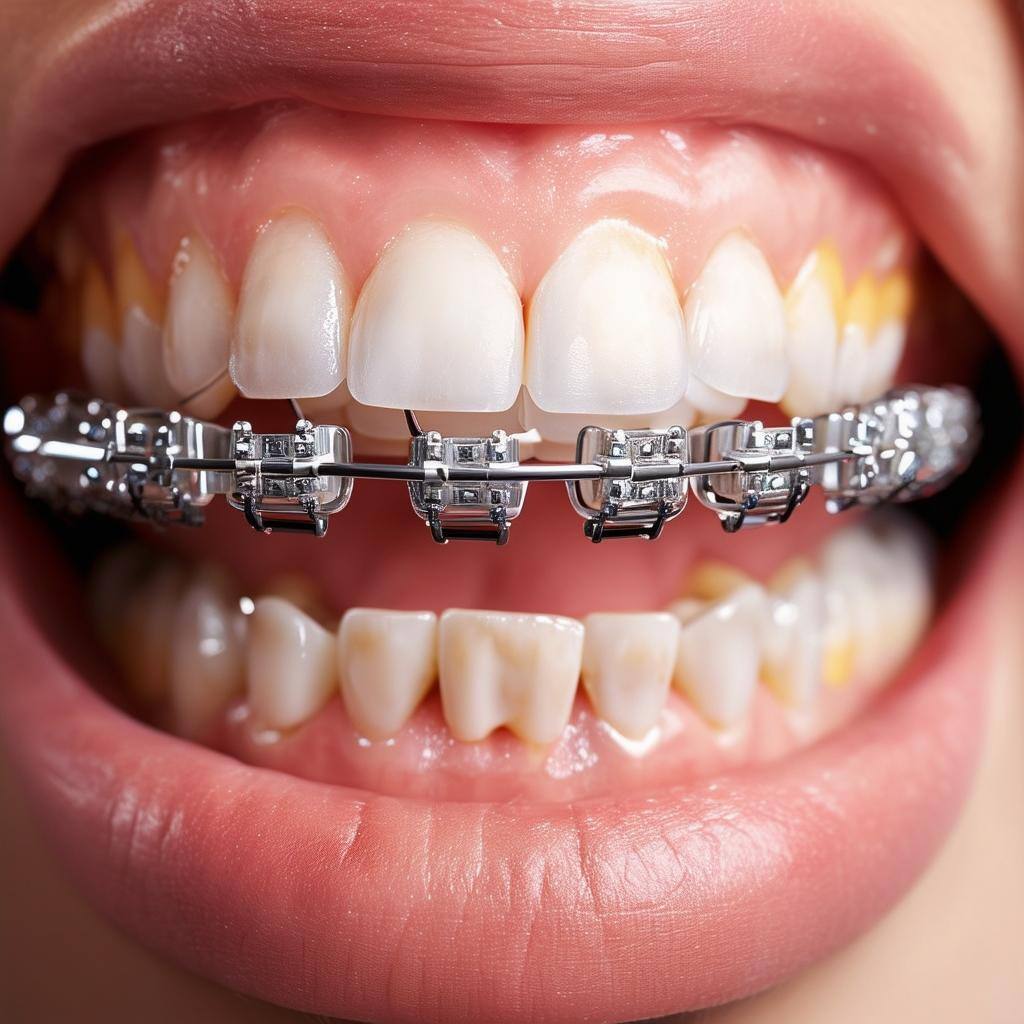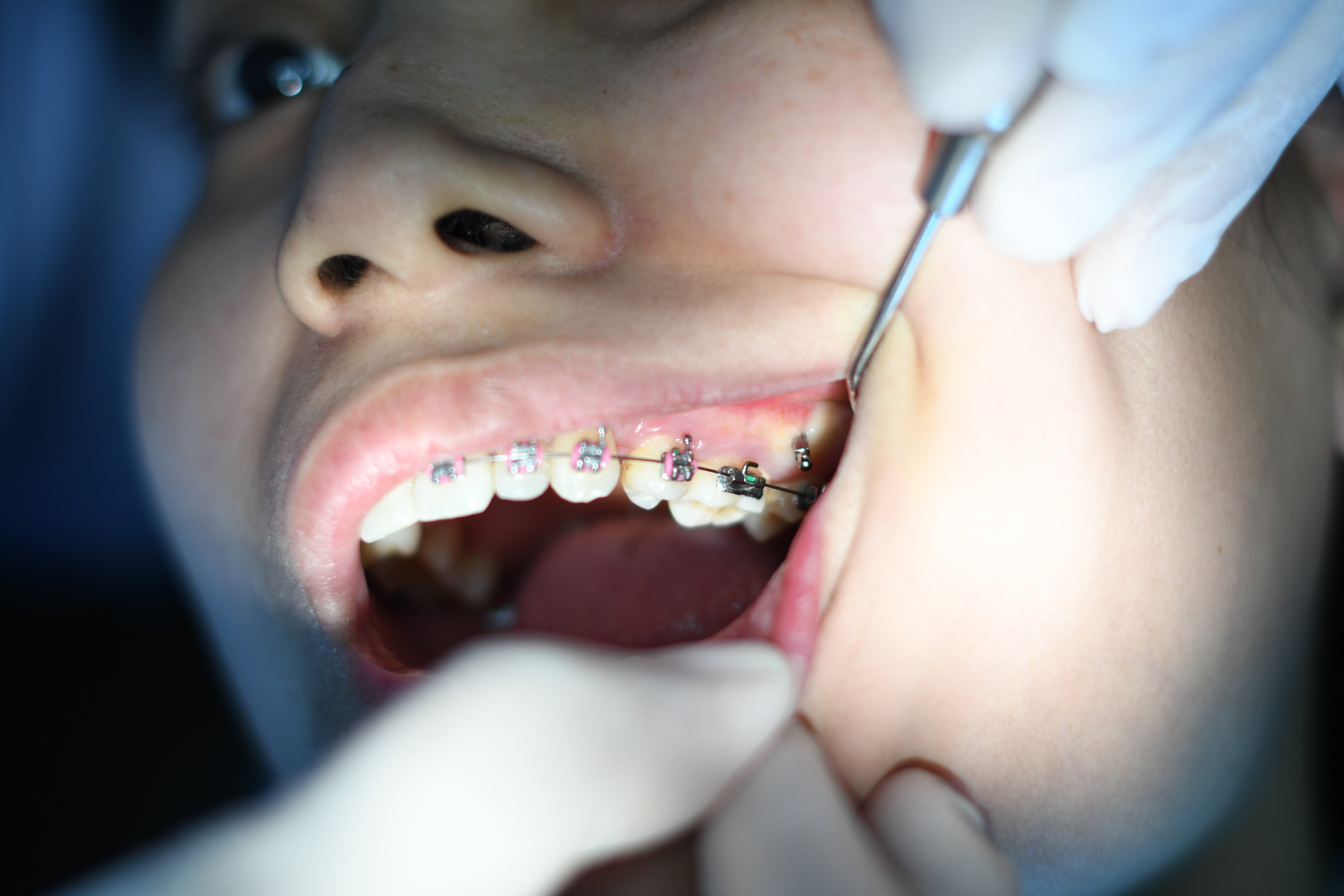Aligners & braces
Teeth straightening is a common dental procedure aimed at improving oral health and aesthetics by aligning the teeth in a harmonious manner. Over the years, advancements in orthodontics have provided various options for individuals seeking straighter teeth, ranging from traditional metal braces to modern alternatives such as clear aligners. Each method possesses its unique advantages and accommodates different needs and preferences, making teeth straightening accessible to a broader audience.
Traditional metal braces have long been the cornerstone of orthodontic treatment. Comprising metal brackets and wires, they apply steady pressure to teeth, gradually shifting them into the desired position. While effective, metal braces can be conspicuous and uncomfortable, often deterring adults who wish to correct their smiles discreetly. Consequently, clear aligners, such as Invisalign, have gained popularity for their subtlety and convenience. These custom-made, clear plastic trays fit snugly over the teeth and can be removed during meals, allowing for easier oral hygiene compared to fixed braces. Despite their aesthetic appeal, clear aligners may not be suitable for more complex dental issues, where traditional braces remain the optimal choice.
Beyond aesthetics, straightening teeth is crucial for maintaining oral health. Misaligned teeth can lead to various dental problems, including tooth decay, gum disease, and jaw pain, as they create hard-to-clean areas and uneven pressure during chewing. Proper alignment facilitates better cleaning, reducing the risk of cavities and periodontal disease.
Moreover, teeth straightening can significantly enhance an individual's self-esteem and confidence. A straight, beautiful smile is frequently associated with success and attractiveness, impacting personal and professional interactions. The psychological benefits of orthodontic treatment often extend beyond a mere cosmetic improvement, contributing to overall well-being.
In recent years, technological advancements have further refined the field of orthodontics. Digital imaging and 3D printing enable precise planning and customisation of treatment plans, allowing for more predictable outcomes and shorter treatment durations. These innovations make orthodontic treatments more efficient and comfortable, encouraging more people to pursue teeth straightening.
In conclusion, teeth straightening is a valuable procedure with benefits extending beyond aesthetics to include oral health and psychological well-being. With various options available, individuals can choose a treatment that suits their lifestyle and dental needs, ultimately enhancing their quality of life. As technology continues to evolve, the future of orthodontics holds promising advancements, making straighter smiles more attainable than ever.


